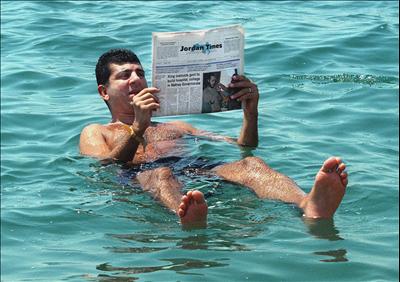
The smartphone operating system will dictate which apps you use. However, many of the apps are similar, so they can be used the same way. Having the students load a sky map of some sort, will allow most of the kids not to get bored if you do an observing session at night with limited telescopes. Better yet, include an app that detects the position of the International Space Station, and plan an observing night that coincides with a flyby of the ISS. Students and parents always marvel at the sight of it as it brightly passes overhead. Passing Iridium satellites can also be predicted and observed.
If I’m teaching astronomy, I always ask the students to load a program onto their laptops, it’s called Stellarium. Stellarium allows students to see their sky at night, for that date and time (or any date and time), and illustrate it many ways. It also shows other cultural constellations, not just western culture. Stellarium can be used for H.W. Assignments, teaching constellations, mythology, teaching star circles, and learning about deep space object classification systems. Another laptop program that’s free and is a great tool for showing our place in the universe is Where is M13? It is a program that maps out our galaxy, and most of the visible celestial objects in deep space that you might discuss. It is also useful for showing the structure of our galaxy.
Now telescopes, if you are considering purchasing equipment the first thing you should buy is a solar telescope. Meade is producing a low-cost solar telescope called the PST. If you are new to solar observing, you can easily see sunspots, prominences, and solar flares with these solar telescopes during the day! For night, skip the refractors, because good ones are a fortune, and cheap ones are good for the moon only. A planet will look like a small dot, and the planet will rotate away before a student has a chance to see. At night, diameter counts, and the cheapest way to get diameter is with reflecting or Newtonian style telescopes. A 10” or 12” reflecting telescope will not break the budget and is not too heavy to move. If you get an equivalent catadioptric, it’s a back breaker and very expensive. Used equipment can be found online, so if your district is willing to but that way, you can save money by shopping on Cloudy Nights.com. Trussed reflectors are a little cheaper than catadioptric but more expensive than Dobsonians (Newtonian version), however, they are easy to set up and are light. OK, you keep hearing me mention catadioptric. I’ll save this one for last, as they are expensive. I just saw new 9.25-inch listing for $3000.00. That is a starting point, they get more expensive. They are also heavy and delicate. The advantage is that most catadioptric are compact in length, are GoTO, and most have a GPS to do self-alignment. Having a big heavy mount is important for these instruments, otherwise they will vibrate and so will your object in the eyepiece will too.
Just a few more tricks, I use Google Earth and a solar system scaling Excel program (Google it) to create a scale model of the solar system if the sun has a 9” diameter. I usually will have the class on the athletic field to build the model. I like using solar system and constellation flash cards during lessons as a quick segue into lessons. Most of my students love Scale of the Universe, and I as a teacher love UNL Astronomy Simulations. Well, that’s it for now, enjoy the rest of the summer and don’t forget the August 21st solar eclipse!












